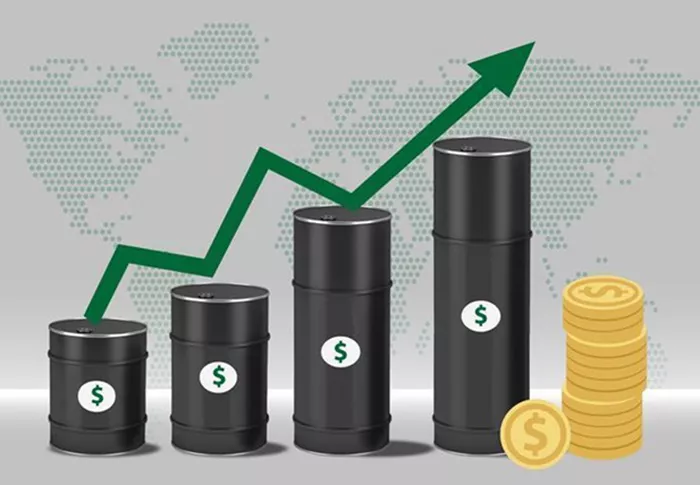Oil prices steadied on Tuesday as markets digested President-elect Donald Trump’s warning of potential tariffs on Canada, Mexico, and China, while also factoring in ongoing negotiations for a cease-fire between Israel and Hezbollah. These developments have created an uncertain atmosphere for global oil markets, with investors trying to balance geopolitical risks with expectations of future supply and demand dynamics.
Brent crude traded above $73 per barrel, and West Texas Intermediate (WTI) hovered around $69. Both benchmarks managed to recover losses sustained earlier in the week, when oil prices fell sharply following news that a cease-fire agreement between Israel and Hezbollah could be imminent. This potential truce raised concerns about a reduction in risks to Middle Eastern oil supply routes, which had previously been under threat due to regional instability.
Oil prices took a significant hit on Monday, dropping 2.9%, marking the steepest decline in nearly a month. The drop followed reports that Israel was close to a deal with Hezbollah, which would significantly de-escalate tensions in the Middle East and reduce the potential disruption to global oil shipments in the region. However, uncertainty remained over whether Hezbollah, an Iran-backed militant group, would accept the cease-fire agreement.
Chris Weston, head of research at Pepperstone Group, highlighted that while the cease-fire talks appeared promising, there was still a possibility that the deal could collapse. A failed truce would likely lead to a rapid reversal in market positions, with traders scrambling to adjust to the renewed risk of supply disruptions. Weston also noted that President-elect Trump’s recent tariff threats might simply be posturing ahead of his formal appointment of a U.S. trade representative, with market reactions potentially reflecting more political noise than real policy shifts.
Trump’s comments about imposing tariffs on key trading partners have added an additional layer of uncertainty to the oil market. His posts on Truth Social triggered a rally in the U.S. dollar, which in turn put pressure on commodities, including oil, which are typically priced in dollars. A stronger dollar makes oil more expensive for holders of other currencies, dampening demand and weighing on global oil prices.
The geopolitical landscape also remains fluid. While Israel’s potential deal with Hezbollah offers a glimmer of hope for a reduction in Middle Eastern oil disruptions, other supply-side risks, particularly from Russia and Iran, continue to loom large. With OPEC+ scheduled to meet this weekend, Iran’s representative within the cartel stated that there is limited room for the group to further reduce output due to growing supplies from other oil-producing nations. This statement has fueled concerns that a supply glut could be on the horizon in 2024, further complicating the oil market’s outlook.
Since mid-October, oil prices have remained in a relatively narrow range, with traders balancing concerns about supply risks from Russia, Iran, and the Middle East against the possibility of an oversupply in the coming year. These mixed expectations have created a volatile trading environment as investors try to predict how global oil production will evolve in the face of shifting geopolitical tensions, economic growth, and market policies.
As OPEC+ prepares for its meeting, the group is expected to discuss its production strategy in light of the evolving market conditions. Iran’s comments suggest that the cartel may be limited in its ability to adjust output, as other global producers, such as the United States, are expected to increase their output in 2024. This could lead to a more competitive market, potentially driving prices lower if supply continues to exceed demand.
The oil market remains in a state of flux, with geopolitical tensions, trade policies, and supply dynamics all playing a crucial role in shaping price movements. While progress toward a cease-fire between Israel and Hezbollah provides some relief for oil traders, uncertainty about the potential failure of these talks and Trump’s tariff threats keeps market participants on edge. As the world’s oil producers, particularly OPEC+, gather for crucial discussions in the coming days, the direction of the market will depend on how these complex factors are resolved.
Read more:

